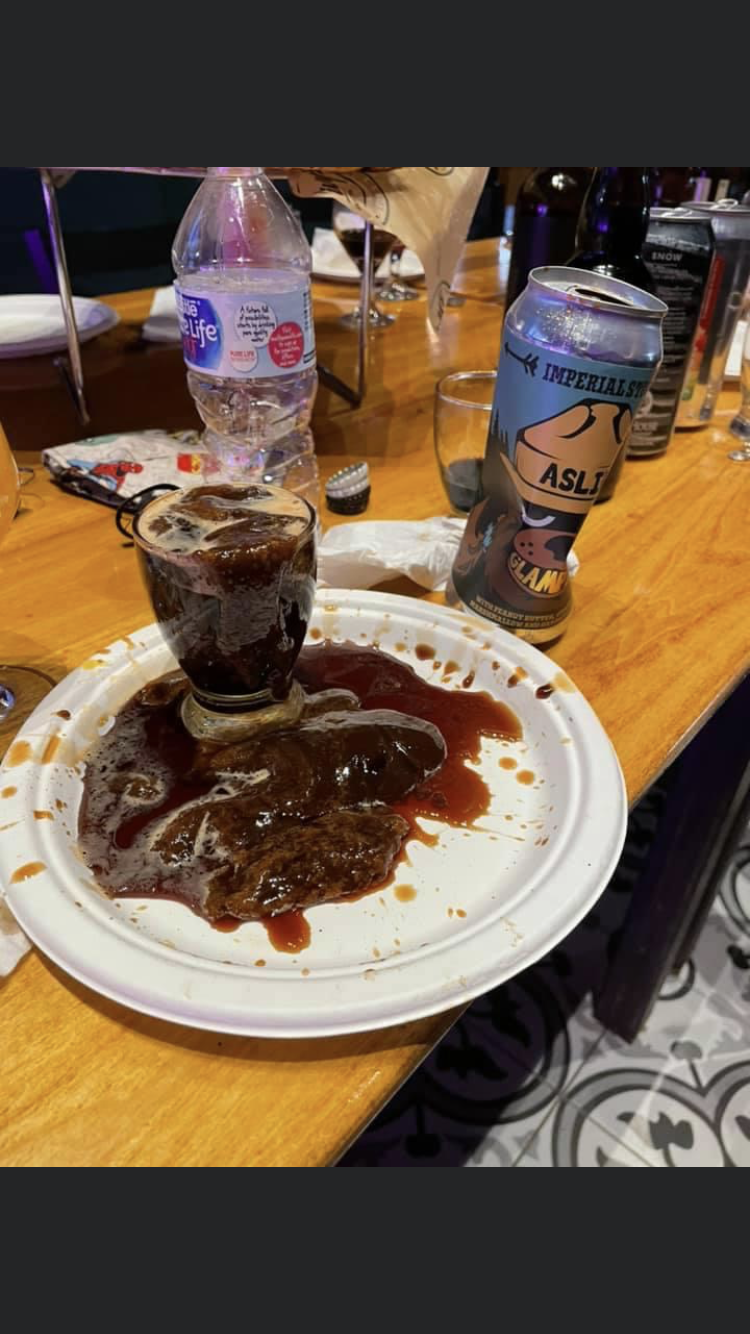Looking back on an old instagram post of mine, when I used to bike out to their orig Herndon location (and could actually pull up a stool there), my 4 fav's were: 2x Orange Starfish, Laser Raptors, Bringing Sexy Back, and Stellar Parallax. And what's funny to me is, even 5 years later, those original recipes are still my fav's. Some of their more recent ones they put out are just... too much. IMHO, these days it seems they're pushing the limits of what's enjoyable in an IPA, just because that's become their "thing". The more IBU, the more ABV, the better. And for me, they lost sight of the subtly of their craft. For me, some of the other breweries mentioned above are better because of those subtle nuances of their beer. It's not just a punch in the face, you can actually distinguish subtle flavors. And to me, that's what sets TH, Trillium, Bissell, Triple Crossing, Veil and others apart. Although in all fairness, they're still the best here in NoVa(aside from maybe a few of Ocelot's). So I'm not complaining or bashing, just thought it was an interesting observation on their flagship beers vs their more recent concoctions.
























































![Craft A Brew - Safale BE-256 Yeast - Fermentis - Belgian Ale Dry Yeast - For Belgian & Strong Ales - Ingredients for Home Brewing - Beer Making Supplies - [3 Pack]](https://m.media-amazon.com/images/I/51bcKEwQmWL._SL500_.jpg)


